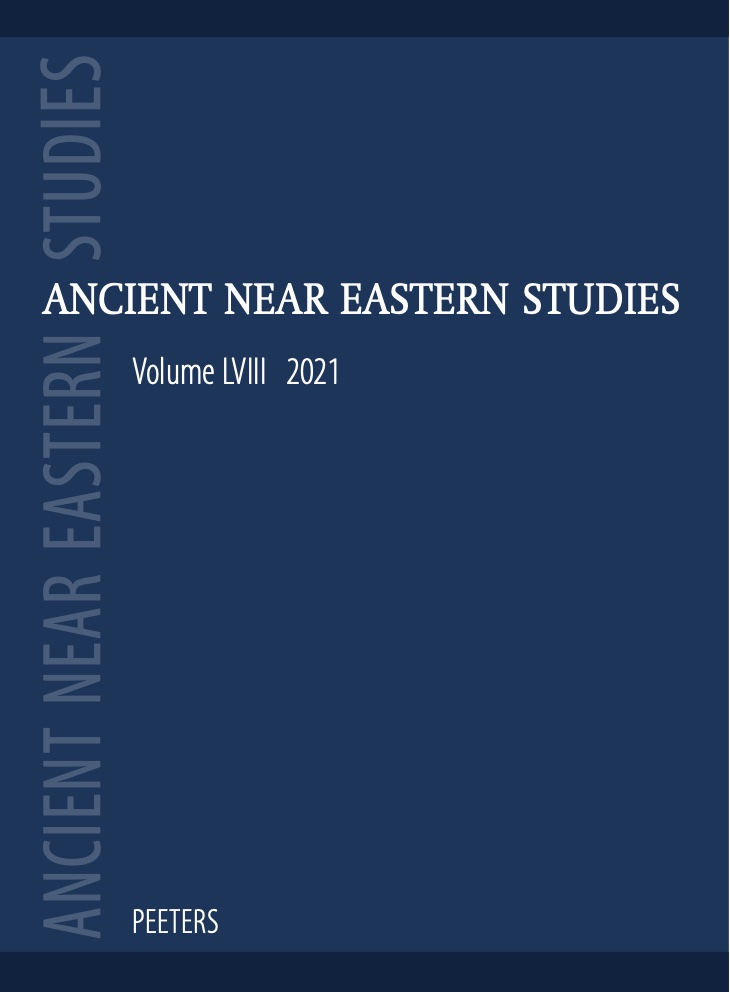 previous article in this issue previous article in this issue | next article in this issue  |

Preview first page |
Document Details : Title: The Present-Future in Amorite Subtitle: A Rejoinder Author(s): BARANOWSKI, Krzysztof J. Journal: Ancient Near Eastern Studies Volume: 54 Date: 2017 Pages: 81-89 DOI: 10.2143/ANES.54.0.3206235 Abstract : Andrason and Vita argued on typological grounds that the Amorite verbal system should be reconstructed with a present-future form. They proposed that in Amorite there were two such forms, yaqtulu and yaqattal, the latter being more prominent. In their view, such a reconstruction corresponds to a dynamic vision of language evolution with resulting fuzzy dialectal boundaries. Their argumentation is, however, flawed in several points. In spite of their claims, the exclusively onomastic nature of the evidence for Amorite does not permit a characterisation of the verbal semantics which is required by their argumentation. Notwithstanding the adoption of a diachronic view of language, their argument compares forms which belong to different stages of the evolution of the Semitic verbal system and in this way it neglects the factor of time. Their argumentation is hypothetical and can even better support the view that Amorite had only one present-future form, yaqtulu. |
|


